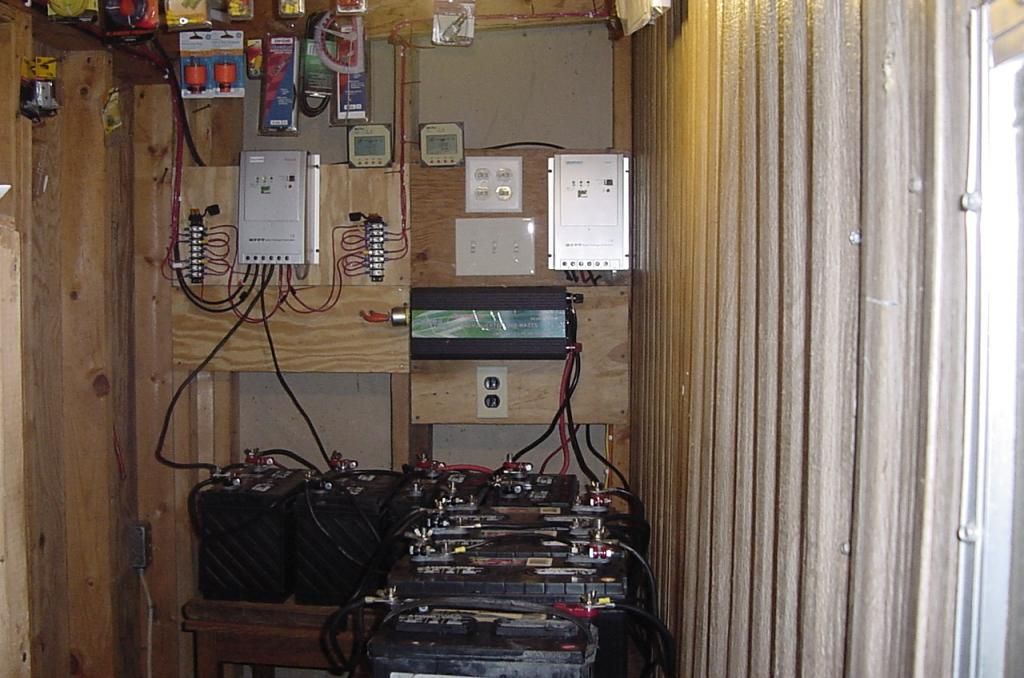MPPT TRACER 3215RN Solar Charge Controller 30A 12V 24V EP
Anyone had experience with this MPPT charge controller? I will be running two Trojan t-105Re batteries with 3-100 watt 12v solar panels. This is the last thing I have to buy so I can finally get started.
Any help is mighty appreciated.
Thanks
Anyone had experience with this MPPT charge controller? I will be running two Trojan t-105Re batteries with 3-100 watt 12v solar panels. This is the last thing I have to buy so I can finally get started.
Any help is mighty appreciated.
Thanks

Comment